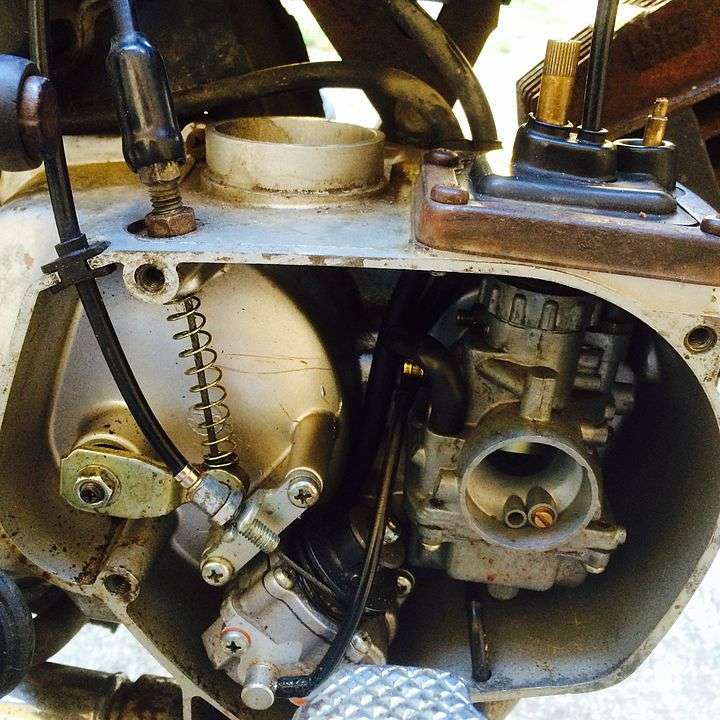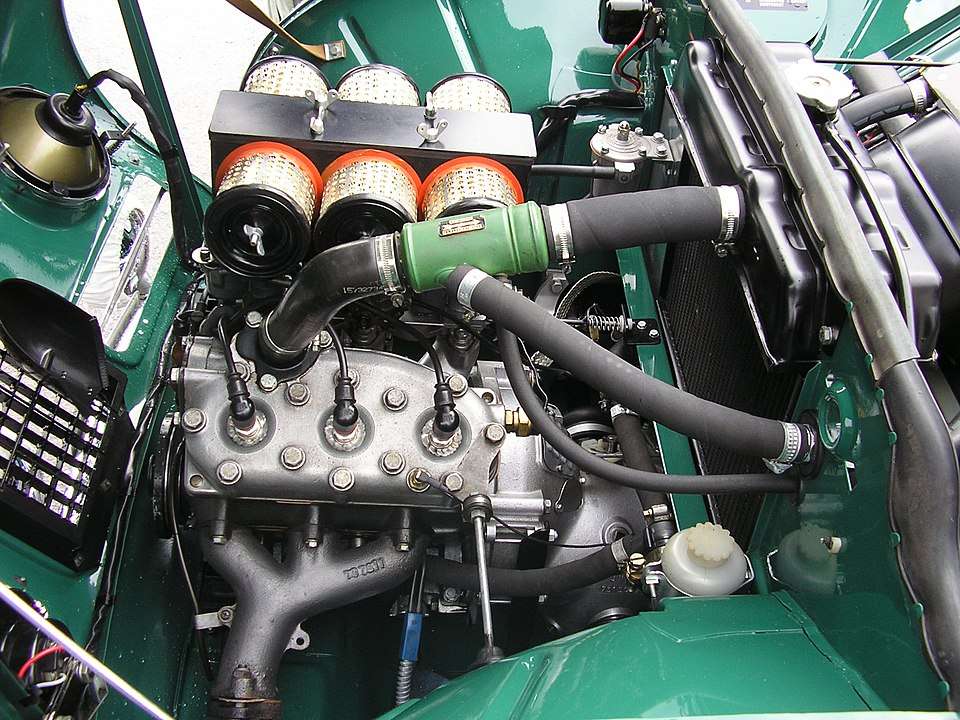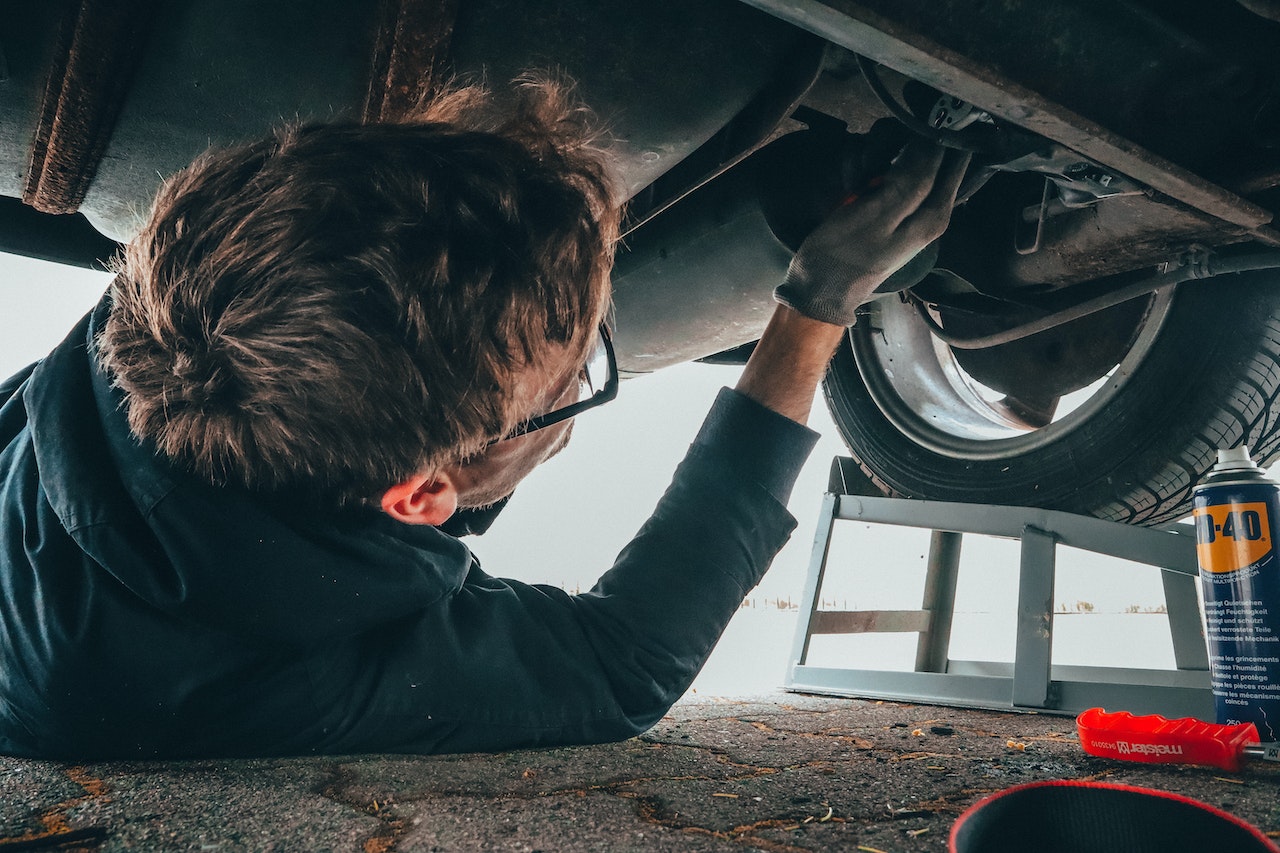An auto lube system is equipped with a controller, pump, injector, divider valves and other accessories.
When an automatic lubrication system is used in a two stroke engine, it mixes oil with fuel automatically. Hence, eliminating the need for manual pre-mixing of oil and fuel in the two stroke engine.
Low engine oil is one of the main challenges of using an auto-lube system because it hinders the oil pump from automatic distribution of oil-fuel mixture through out the engine.
The oil is contained in a reservoir which needs to be refilled periodically. It is a common system amongst motorcycle engines. In the auto lube system, there is a separate oil reservoir which supplies the cylinder with oil as per the speed of the engine.
Auto lube specs.
Lubricant compatibility, pump specifications, lubrication cycle timing, number of lubrication points, reservoir capacity and system monitoring and control are the major auto lube specs.
The auto lube system, also known as an automatic lubrication system provides continuous lubrication to various moving parts.
Auto Lube system reduces wear and tear, enhances efficiency, and extends the lifespan of the components by delivering the precise amount of lubricant at the right intervals.
1. Lubricant compatibility
The specifications of an auto lube system must align with the type of lubricant being used, such as grease or oil. The system should support:
(a). Lubricant viscosity range.
The system must handle the viscosity of the chosen lubricant (measured in centistokes for oil and NLGI grades for grease). For example, NLGI grades typically range from 000 to 3 for greases, where higher numbers indicate thicker grease.
(b). Temperature resistance.
The system should be able to work effectively within the operating temperature range of the lubricant, ensuring it can pump the lubricant even in extreme conditions (e.g., hot or freezing environments).
The system should be rated for the type of lubricant it will be distributing to avoid blockages, excessive wear, or inefficient lubrication.
2. Pump specifications.
The pump is a critical component of the auto lube system, responsible for pushing the lubricant through the lines and to the designated points. Key pump specifications include:
(a). Pump output capacity.
Measured in cubic centimeters (cc) or liters per minute (L/min), this specification determines how much lubricant the pump can deliver at a time.
(b). Pump pressure rating.
Typically measured in bars or pounds per square inch (PSI), the pressure rating indicates the maximum pressure the pump can generate to move the lubricant through the system. For example, many systems operate in the range of 200-400 bar, which is suitable for heavy-duty machinery.
(c). Pump drive type.
Pumps can be powered electrically, pneumatically, or mechanically. The drive type determines the energy source for the system and must be compatible with the equipment’s power supply.
3. Lubrication cycle timing.
The cycle timing specification refers to how frequently the system delivers lubricant to the various components. This can be adjusted based on the equipment’s operating conditions and lubricant type. Auto lube systems often feature:
(a). Programmable lubrication cycles.
Some systems allow users to set lubrication intervals manually based on hours of operation or distance traveled (for vehicles).
(b). Flow control valves.
These regulate the amount of lubricant delivered during each cycle to ensure consistent application without over-lubrication or under-lubrication.
4. System monitoring and control
Modern auto lube systems often feature monitoring and control capabilities to ensure accurate and efficient operation. Key specifications include:
(a).Lubricant level sensors.
Monitors the level of lubricant in the reservoir and sends an alert when it’s time to refill.
(b). Pressure sensors.
Detects pressure variations within the system to prevent blockages or over-pressure situations.
(c). Flow sensors.
Measures the amount of lubricant being delivered to each lubrication point, ensuring proper flow to all components.
(d). Control unit.
Advanced systems have programmable control units with user interfaces, allowing operators to customize settings and monitor the system in real-time.
These monitoring features ensure the system operates correctly and helps prevent costly breakdowns.
5. Reservoir capacity.
The lubricant reservoir holds the lubricant that is distributed by the auto lube system. Key specifications include:
(a). Capacity.
Measured in liters or gallons, the reservoir size depends on the frequency of lubrication and the amount of lubricant required per cycle. For example, a heavy-duty system may have a reservoir capacity of 10-30 liters, while smaller systems might only need 1-2 liters.
(b). Material and construction.
Reservoirs are usually made of plastic or metal and must be durable enough to withstand harsh operating environments. Some systems feature transparent reservoirs for easy visual inspection of the lubricant level.
Types of automatic lubrication systems.

There are two types of auto lube systems that are suitable for heavy equipment for mining or construction, industrial machinery, agricultural equipment and automobiles.
a]. Centralized auto lube systems.
This involves the use of a single central lubrication pump. This lubrication pump delivers lubricant to multiple lubrication points. The advantage is that this set up is a cost effective system.
b]. Decentralized automatic lubrication systems.
Secondly, the decentralized system is able to deliver lubricant to one single lubrication point through a self-sufficient unit. Therefore, if there are many lubrication points, there will be a number of multiple auto lube units.
It is a much more expensive set up in comparison to the central auto lube system. Because it uses multiple tubing, lubrication pump, metering units and other parts in order to serve every single lubrication point.
Best automatic lubrication systems providers.
Automatic lubrication systems are set ups that deliver precise amounts of engine oil to machines or vehicles at pre-determined intervals. The lubrication equipment delivers lubricant from the reservoir according to the lubrication program. The reservoir is refilled as per the oil change requirements.
a]. Auto-Lube Services Incorporated.
A leader within the lubrication technology industry is the Auto-Lube Services Incorporated organization. They boost of installing over 3,000 mobile off-road lubrication systems.
Their lubrication management have been adopted by long haul, waste and trash truck , municipal fleet trucks and equipment and fire apparatus. Further their lubrication technicians work on manufacturing industry equipment.
b]. Graco.
Graco is a company that deals with a number of automobile service products. Part of their portfolio is the Graco automatic oil and grease lubrication systems.
Through their lubrication system, they serve on-road trucks and heavy equipment. Graco provides both centralized and decentralized lubrication systems. Their centralized grease system is suitable for vehicles, buses, fire trucks, cement trucks, waste haulers and more.
Benefits of the auto lube system technology.

Better performance of machines, more productivity, longer equipment and machine lifespan and lower maintenance costs are some of the benefits of the auto lube system technology.
- Better performance of machines and equipment.
Because of the timely availability of lubricant, the machines are under less wear that is caused by friction.
- More productivity.
Automatic lubrication does not rely on personal intervention therefore the machine runs without stopping even as lubricant is being applied.
- A longer equipment and machine lifespan.
Machines and equipment need the functions of oil like lubrication, cleaning and protection. The automatic lubrication system avails lubricant at the right time therefore ensuring that the operations take place under the right conditions.
- Lower maintenance costs.
When you compare the automatic lubrication system with a manual lube system, the automatic one has less maintenance costs. Because the manual lubrication system requires labor costs repeatedly for lube services.
- Reduced safety concerns.
The automatic lube system is such that there is a minimum interaction between the machine and the lubrication specialist. Therefore, there is a reduction in the risk of injury during manual lubrication when you adapt an automatic lubrication system.
Types of lubricants used in auto lube systems.
There are a number of different types of lubricants that can be suitable for any auto lube systems. The difference shows up depending on the method of production and the components of the lubricants.
a]. Mineral oils.
The mineral oils are obtained from crude oil and their production is done by some of the best oil brands. Mineral oil is suitable for older engines or engines that have large mileage.
Further, this oil’s viscosity is low meaning that it flows at a slower rate in comparison to the other types of engine oil. The mineral oil offers protection, cleaning and lubrication. Protection comes from the oil’s ability to create a thin film around moving engine parts.
b]. Synthetic oils.
Secondly, the synthetic oils are man made using mineral oils and other oil additives. Their components are tuned to offer better cleaning, protection and lubrication properties.
Synthetic oils will have improved operation capacity under extreme heat or cold temperatures. Further, when the engine is carrying heavy loads, the synthetic oil will serve the engine better than mineral oil.
c]. Greases.
These are semi solid lubricants that add protection and lubrication to the moving parts of engines, machines and equipment. Grease is made from a mixture of oil and thickener additives. These are great alternatives for preventing engine oil leakage.
d]. Biodegradable oils.
They have a unique structure that is environment friendly because these oils brake down naturally over time. Therefore, these oils are not used in common machines and equipment because of the components. They are used in machines that operate in environmentally sensitive areas like forests and water reservoirs.

